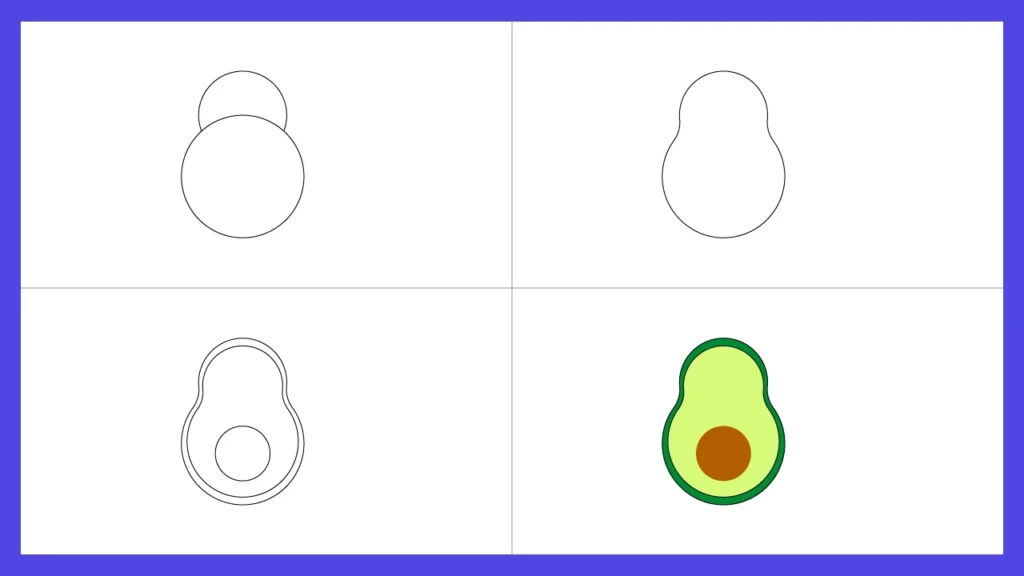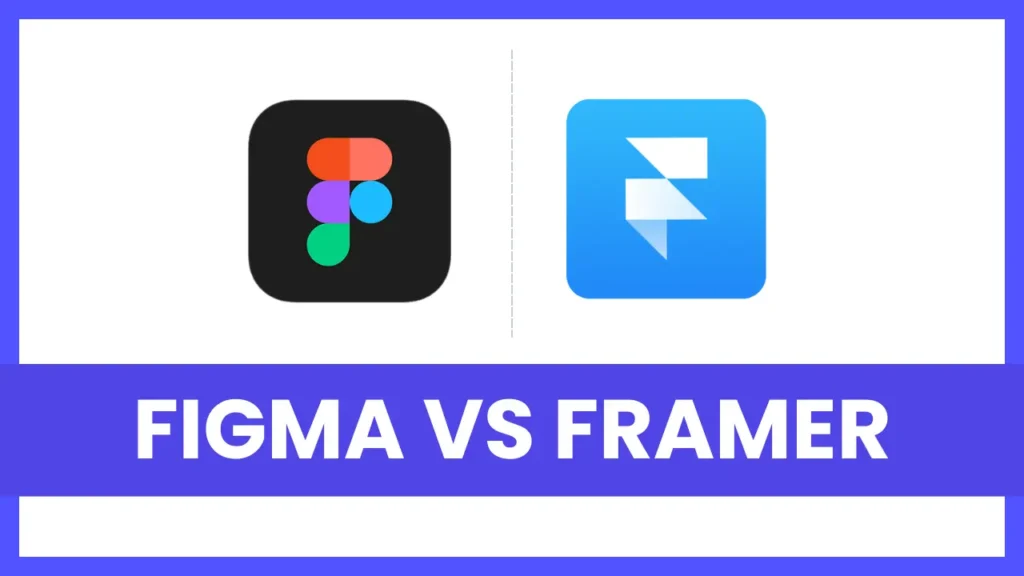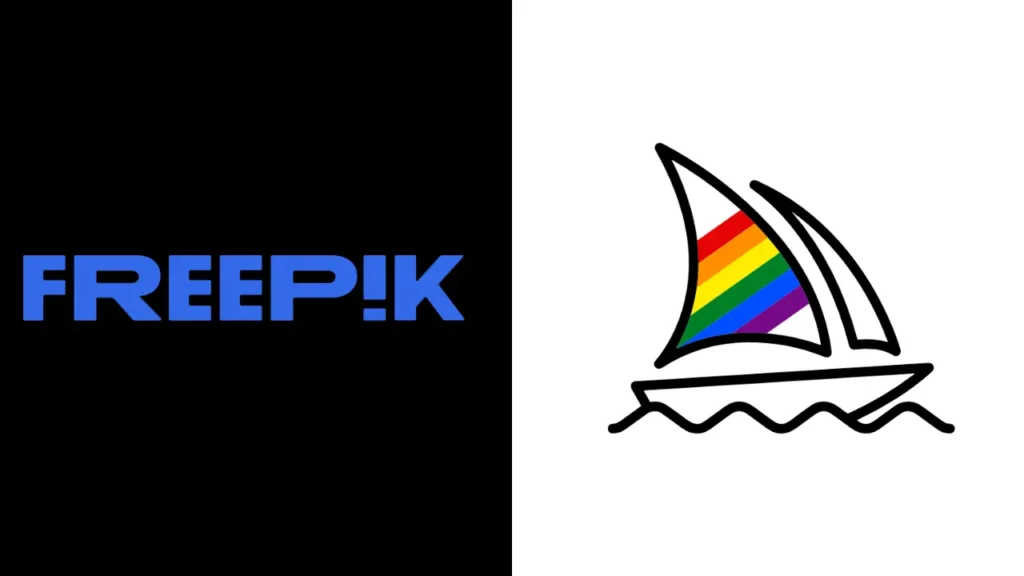The Creative Dilemma: Wix or Framer?

Wix vs Framer — it’s the question every modern creator, designer, and startup founder eventually asks. Both platforms promise visually stunning, code-free web creation, yet they approach design from completely different philosophies. Choosing between them isn’t just about features; it’s about the kind of creative control and workflow freedom you want as a designer.
At Graphistichub, we’ve spent years experimenting with no-code tools, design systems, and client hand-offs. What we’ve learned is that the best tool isn’t the one with the longest feature list — it’s the one that aligns with your design intent, scalability goals, and how you collaborate with clients. In this article, we’ll unpack the practical differences between Wix and Framer — so you can choose the one that fits your creative mindset, not just your budget.
Quick Comparison: Wix vs Framer at a Glance
| Feature | Wix | Framer |
|---|---|---|
| Ease of Use | Extremely beginner-friendly; drag-and-drop builder | Slight learning curve, but intuitive for designers |
| Design Freedom | Template-based customization | Pixel-perfect visual design, Figma-like freedom |
| SEO & Performance | Good SEO tools; average speed | Fast performance with static export |
| Integrations | App Market with 250+ plugins | Integrations via APIs and components |
| Pricing | Starts ~$17/month | Starts ~$10/month (basic hosting) |
| Best For | Small businesses, beginners, DIY sites | Designers, agencies, creative startups |
If you need a quick rule: choose Wix if you want simplicity and launch speed, and choose Framer if you crave total design control and performance.
But if you’re serious about design experience, keep reading — that’s where the story really begins.
The Philosophy Behind Both Platforms

To understand the why behind these two giants, you need to look at their design DNA.
Wix was born from a mission to make website creation accessible to everyone — no design or code skills required. Its strength lies in simplicity: pre-built templates, drag-and-drop editing, and automated layouts. It’s the equivalent of a “paint-by-numbers” approach to web design — quick, functional, and forgiving.
Framer, on the other hand, evolved from a design prototyping tool. Its foundation is rooted in creativity, precision, and performance. It’s for designers who want Figma-level control but with live publishing capabilities. With Framer, you don’t adapt to the template — you define it.
In essence:
- Wix democratizes web creation — empowering beginners.
- Framer professionalizes no-code design — empowering designers.
That’s why this comparison isn’t just “which is easier.” It’s “which philosophy matches your creative DNA.”
Interface & Design Workflow

The biggest difference between Wix and Framer surfaces the moment you open their editors.
- Wix’s Interface: You’re greeted with a WYSIWYG editor that’s warm, approachable, and filled with visual cues. You drag, drop, resize, and watch things come alive instantly. It’s perfect for beginners — but for advanced designers, this simplicity can sometimes feel limiting.
- Framer’s Interface: Framer feels like home to Figma users. The left panel mirrors a layer-based structure, while the right panel offers detailed styling controls. The experience feels crafted for designers who crave precision. Animations, grids, spacing — all behave predictably.
In short:
Wix feels like building with Lego blocks. Framer feels like designing with clay.
You can make both beautiful — but only one gives you complete control over the shape.
Design Freedom & Creative Expression
This is where Framer earns its reputation.
Framer’s design engine offers near-Figma flexibility — true responsiveness, layer stacking, animations, hover states, and precise typography control. You can create dynamic hero sections, custom grids, or smooth motion effects without ever writing CSS. It’s freedom in the truest design sense.
Wix, by contrast, operates in a guided creative sandbox. You can tweak layouts, fonts, and animations — but within pre-defined boundaries. That’s great for users who value speed and consistency but frustrating for designers who want to “break the grid.”
If you’re a professional designer or agency aiming for bespoke, brand-specific websites, Framer lets you stay in the creative flow.
If your goal is to launch a polished site in hours without design training, Wix wins for simplicity.
You can check out also“Figma vs Framer” comparison article for readers who want to explore how Framer compares to professional design tools.
Performance, SEO, and Accessibility
When it comes to building modern websites, performance and SEO are no longer afterthoughts — they define whether your site actually reaches people. Here’s where Wix vs Framer show their most technical differences.
Performance

Framer: Built on React and capable of static export, Framer sites load faster by default. Pages are pre-rendered, which means less server load and smoother animations.
Wix: Uses a dynamic rendering system. It’s easy to use but heavier in structure, leading to slightly slower load times, especially on complex pages.
Graphistichub Tip:
If you’re targeting international audiences or aiming for Core Web Vitals compliance, Framer gives you the performance advantage.
SEO Tools

Wix offers built-in SEO guides, meta control, redirects, and sitemap generation — great for small businesses that don’t want to touch code.
Framer provides custom meta tags, open-graph control, and auto-generated clean HTML. You’ll need more awareness of SEO best practices, but the output is technically sound.
Graphistichub Tip:
Wix simplifies SEO management. Framer rewards SEO literacy.
Accessibility

Accessibility (alt text, heading structure, keyboard navigation) is essential for modern design ethics.
Wix automates many of these (automatic alt-text prompts, color-contrast alerts).
Framer leaves it in your hands — a plus for designers who care about precise accessibility standards.
Pricing and Scalability
Pricing Overview
| Plan Type | Wix | Framer |
|---|---|---|
| Starter / Basic | ~$17 USD / mo | ~$10 USD / mo |
| Business / Pro | ~$27–32 USD / mo | ~$20–30 USD / mo |
| Enterprise / Custom | Available | Available |
| Free Plan | Yes (with Wix ads) | Yes (limited pages) |
At first glance, Wix seems slightly more expensive, but it bundles hosting, domain, and marketing tools.
Framer’s pricing is leaner because it’s focused purely on design-to-deployment — ideal for creative teams already handling their own domain and marketing.
Scalability
Wix: Ideal for small businesses or entrepreneurs. As projects grow, though, the editor can feel limiting for complex design systems.
Framer: Scales beautifully for design-focused agencies, portfolio sites, and creative brands. Its structure is modular — you can evolve layouts without having to rebuild from scratch.
Graphistichub Tip:
If your website is a living design system — go Framer.
If your website is a functional digital brochure — go Wix.
Collaboration, Handoff & Maintenance
This is where most competitor blogs stop — but for real designers and clients, it’s often the make-or-break point.
Team Collaboration

Wix offers role-based permissions, making it easy for non-technical team members to update blogs or text sections.
Framer enables real-time collaborative editing (like Figma), allowing design teams to tweak live layouts together.
Client Handoff

In Wix, clients get an intuitive dashboard to manage content post-delivery — perfect for small business owners.
In Framer, handoff feels more design-centric: clients can adjust text or images but rarely break design consistency, thanks to locked frames.
Graphistichub Tip:
we prioritize smooth client transitions. Framer offers tighter design integrity post-handoff, which keeps our brand quality intact — but we also value Wix for clients who prefer full autonomy.
Maintenance & Updates

Wix handles updates automatically (hosting, patches, SSL).
Framer is cloud-based, too, but gives more visibility into your project’s structure — a plus for designers maintaining multiple client sites.
Templates, Integrations & Ecosystem
Both platforms have thriving ecosystems — but their focus differs.
Wix Templates
- 800+ templates for every industry
- Pre-designed sections and quick setup
- Great for speed, limited for originality
Framer Templates
- Curated community templates built by designers
- Fewer in number but richer in structure
- Highly customizable (perfect for re-branding)
Integrations
Wix: Has an App Market with over 250 plugins — forms, booking, chat, e-commerce, analytics.
Framer: Integrates with third-party APIs, embeds, and React components — far more flexible for design-driven projects.
Graphistichub Tip:
Wix is plug-and-play. Framer is plug-and-create.
Best-Fit Scenarios — Who Should Choose Which
| Type of User | Recommended Platform | Why |
|---|---|---|
| Freelance Designer | Framer | Creative control, portfolio flexibility |
| Small Business Owner | Wix | Ease of use, integrated marketing |
| Startup Founder | Framer | Scalable design, brand precision |
| Agency Team | Framer | Collaborative editing, performance |
| E-commerce Seller | Wix | Built-in store features |
| Content Blogger | Wix | Blog CMS and SEO simplification |
Quick rule of thumb:
Choose Wix if you want results fast.
Choose Framer if you want results that last.
Graphistichub Insight — How We Evaluate Tools
At Graphistichub, we don’t chase tools; we chase experiences. Whether it’s Wix vs Framer, Figma vs Framer, or any no-code platform, our lens stays the same —
Does this tool let design feel natural, collaborative, and scalable?
Framer often wins that battle for pure design freedom.
Wix wins when the client’s success depends on speed and simplicity.
That’s why, for every project we handle, our process starts with platform strategy, not tool bias. We guide clients through the strengths of each ecosystem — and then design experiences that look stunning, load fast, and scale smoothly.
If you’re exploring a new website or re-design and feel unsure about which direction to take, Graphistichub can help you decide based on your brand story, not just your budget.
Final Verdict — What Really Matters
Let’s be honest: the Wix vs Framer debate isn’t about which tool is “better.”
It’s about which tool is better for you.
If your top priority is speed, simplicity, and convenience, Wix delivers instant results.
You’ll go from idea to launch in hours. You’ll get guided SEO, drag-and-drop editing, and a reliable hosted experience.
But if your top priority is creative freedom, performance, and design precision, Framer is unmatched.
It’s the tool for designers who think in pixels, who care about page speed, who want a living, breathing web experience instead of a static template.
| Feature | Wix Wins When… | Framer Wins When… |
|---|---|---|
| Ease of Use | You want to launch quickly without learning curves. | You’re familiar with design tools like Figma. |
| Design Freedom | You prefer templates and structure. | You crave custom design control and motion. |
| SEO & Performance | You need built-in SEO tools. | You want lightweight, fast static sites. |
| Collaboration | You work with non-designers. | You work in design teams. |
| Scalability | You’ll manage a few small sites. | You’re designing brand systems or portfolios. |
Key Takeways:
Both Wix and Framer are excellent — but their purpose differs.
Wix is your shortcut to done. Framer is your gateway to design mastery.
At Graphistichub, our experience tells us there’s no one-size-fits-all solution.
What matters most is intent, not interface.
Pick a tool that amplifies your workflow — not one that confines it.
If you’re still uncertain, explore both. Build a single-page design on each. Feel the workflow. That 10-minute test drive will tell you more than any review ever could.
FAQs — Wix vs Framer
Not really. Wix is built for beginners, while Framer is built for designers. Framer has a short learning curve if you’re used to Figma, but for first-time creators, Wix will feel more intuitive.
Not directly. You’ll need to rebuild layouts manually in Framer, as both use different rendering systems. However, the rebuild is often faster in Framer once you’ve mastered its structure.
Framer by a large margin. It behaves like a design canvas — responsive layouts, custom animations, layer precision. Wix offers creative flexibility within templates but isn’t as fluid for advanced design control.
Yes. Framer’s layout system automatically adapts designs for all screen sizes. Wix supports responsiveness but requires manual tweaking for complex designs.
Framer. You’ll maintain creative control, export clean code, and impress clients with animation-ready designs. Wix is good for non-designers or quick client demos.
Final Thought — From Graphistichub’s Desk
At Graphistichub, we live by a simple principle:
Design is not just about how it looks — it’s about how it flows.
Wix and Framer both serve the design community, but they do so in opposite ways.
If you value speed and simplicity, go Wix.
If you value freedom and precision, go Framer.
And if you value guidance from designers who’ve used both — we’re here for that too.





